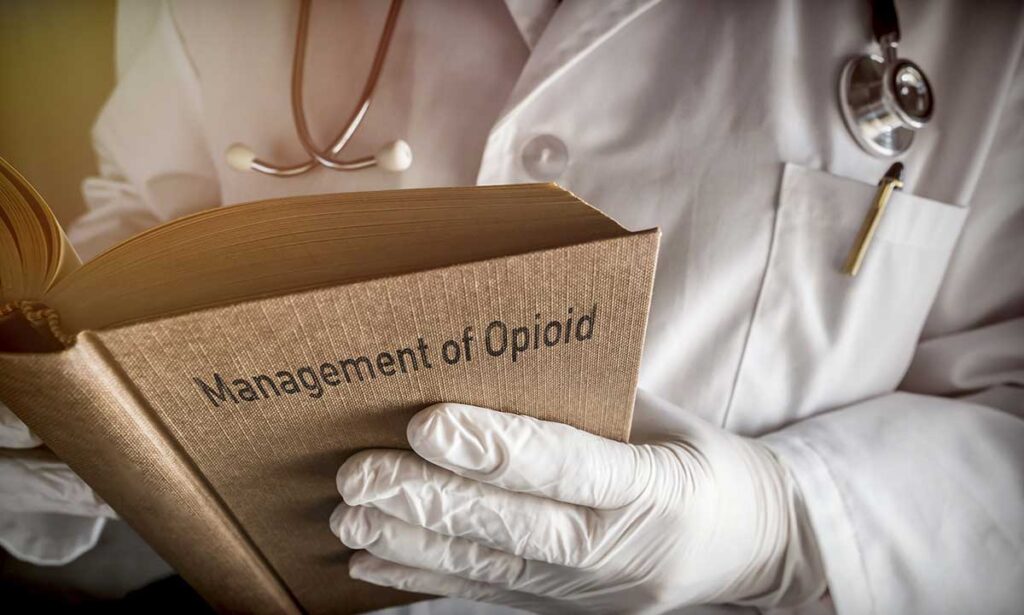
Kratom, a plant-based substance often used for pain relief or mood enhancement, has become increasingly popular in recent years. While some people turn to kratom as a “natural” alternative to opioids, many find themselves struggling with dependence and withdrawal symptoms when they try to stop. If you or a loved one is considering kratom detox, understanding your options—including rapid detox—can make all the difference in your recovery journey.
What Is Kratom and Why Can It Be Addictive?
Kratom comes from the leaves of a Southeast Asian tree (Mitragyna speciosa). It acts on the brain’s opioid receptors, producing effects that range from stimulation at low doses to sedation and euphoria at higher doses. Over time, regular use can lead to physical dependence, meaning your body gets used to having kratom and reacts with withdrawal symptoms if you stop.
What Is Kratom Detox?
Kratom detox is the process of clearing kratom and its byproducts from your body, allowing your brain and body to adjust to functioning without it. Detox is the first and most important step toward recovery, but it can be challenging due to withdrawal symptoms.
Understanding Kratom Withdrawal
Common Symptoms
Detoxing from kratom can trigger a range of physical and psychological symptoms, including:
- Nausea and vomiting
- Diarrhea
- Muscle aches and cramps
- Insomnia
- Anxiety and depression
- Irritability
- Intense cravings for kratom
The severity and duration of withdrawal depend on factors such as the amount and frequency of kratom use, the form consumed, and individual health status.
Kratom Withdrawal Timeline
| Time After Last Dose | Symptoms and Experience |
| 6–12 hours | Initial mild symptoms, cravings begin |
| 1–3 days | Symptoms peak: strong cravings, GI issues, mood swings |
| 4–7 days | Most severe symptoms subside |
| 7–10+ days | Lingering symptoms (anxiety, depression, cravings) may persist |
| Weeks | Full recovery from GI and sleep issues; mood may take longer to stabilize |
Some individuals may experience post-acute withdrawal syndrome (PAWS), where psychological symptoms linger for weeks or months.
Kratom Detox: Treatment Options
At-Home Detox
For those with mild dependence, detoxing from kratom at home may be possible. Key recommendations include:
- Staying hydrated
- Eating bland, nutritious foods
- Using over-the-counter medications for symptom relief (e.g., anti-diarrheals, pain relievers)
- Ensuring a strong support system6
However, at-home detox carries risks, especially for those with severe dependence or co-occurring mental health conditions. The urge to relapse can be strong when withdrawal symptoms peak.
Medical Kratom Detox Centers
A kratom detox center provides a safe, structured environment for withdrawal management. Benefits include:
- Around-the-clock medical supervision to monitor and treat withdrawal symptoms
- Access to medications that can ease discomfort and manage co-occurring conditions (e.g., anxiety, depression)
- Emotional and psychological support through counseling and therapy
- Reduced risk of relapse and complications
Types of Kratom Detox Programs
| Program Type | Description |
| Inpatient Detox | Residential care with round-the-clock medical and therapeutic support. Ideal for severe dependence or co-occurring disorders. |
| Outpatient Detox | Regular check-ins with medical professionals; suitable for mild to moderate cases or as a step-down from inpatient care. |
| Rapid Detox | Medically assisted, accelerated detoxification under anesthesia or sedation, designed to minimize withdrawal duration and intensity. |
The Kratom Detox Process: What to Expect
Assessment and Personalized Care
Upon entering a kratom detox center, you’ll undergo a thorough assessment to determine the best approach for your needs. This includes evaluating your kratom use history, physical health, and any co-occurring mental health issues.
Why Choose a Kratom Medical Detox Center?
Detoxing from kratom in a professional setting offers several advantages:
- Safety: Medical staff can quickly address complications or severe symptoms.
- Comfort: Access to medications and therapies that ease withdrawal.
- Structure: A supportive environment reduces the risk of relapse.
- Comprehensive care: Treatment plans address both physical and psychological aspects of dependence, increasing the likelihood of lasting recovery.
What Is Rapid Detox for Kratom?
Rapid detox is a medical procedure designed to speed up the withdrawal process. In a comprehensive program like the Waismann Method®, rapid detox is performed in a hospital setting under sedation. This means you sleep through the most intense withdrawal symptoms while doctors safely clear kratom from your system.
Key Benefits of Rapid Detox for Kratom
- Nearly 100% success rate in completing detox: Most patients complete the process without dropping out due to discomfort.
- Minimized withdrawal symptoms: Sedation means you avoid the worst of withdrawal.
- Medical safety: Continuous monitoring ensures your health and safety.
- Faster recovery: Most people feel physically better sooner, allowing them to focus on long-term recovery.
Why Waismann Method Stands Out
Waismann Method® is one of the most respected rapid detox programs in the world. Our approach includes:
- Hospital-based care with board-certified doctors
- Individualized treatment plans
- Emotional and psychological support after detox
- Decades of experience and a strong track record of safety
Frequently Asked Questions About Kratom Detox
Sources:
- National Institute on Drug Abuse (NIDA) – Kratom
Effects, risks, withdrawal, and current research.
Kratom’s effects, withdrawal, safety concerns, and lack of FDA approval.
- Centers for Disease Control and Prevention (CDC) – Kratom Overdose and Deaths
This report details kratom’s role in overdose deaths, its pharmacology, and public health concerns.
Kratom’s risks, overdose data, and its combination with other substances.
- Mayo Clinic – Kratom for Opioid Withdrawal
Kratom’s use for withdrawal, its risks, and why it’s not recommended.
Reference for kratom’s addictive potential, withdrawal symptoms, and medical warnings.
- PubMed – Kratom Dependence and Treatment Options
This review covers kratom’s pharmacology, dependence, withdrawal, and treatment.
Scientific details on kratom withdrawal, symptoms, and evidence-based detox treatments.
- AddictionResource – Kratom Withdrawal
Detailed, medically reviewed content on kratom withdrawal and detox.
Reference for withdrawal symptoms, detox methods, and tapering strategies.
- PubMed – Treatment of Kratom Withdrawal with Buprenorphine/Naloxone
Peer-reviewed case series and literature review on medical treatment for kratom withdrawal.
Reference for evidence-based medical detox protocols for kratom.








